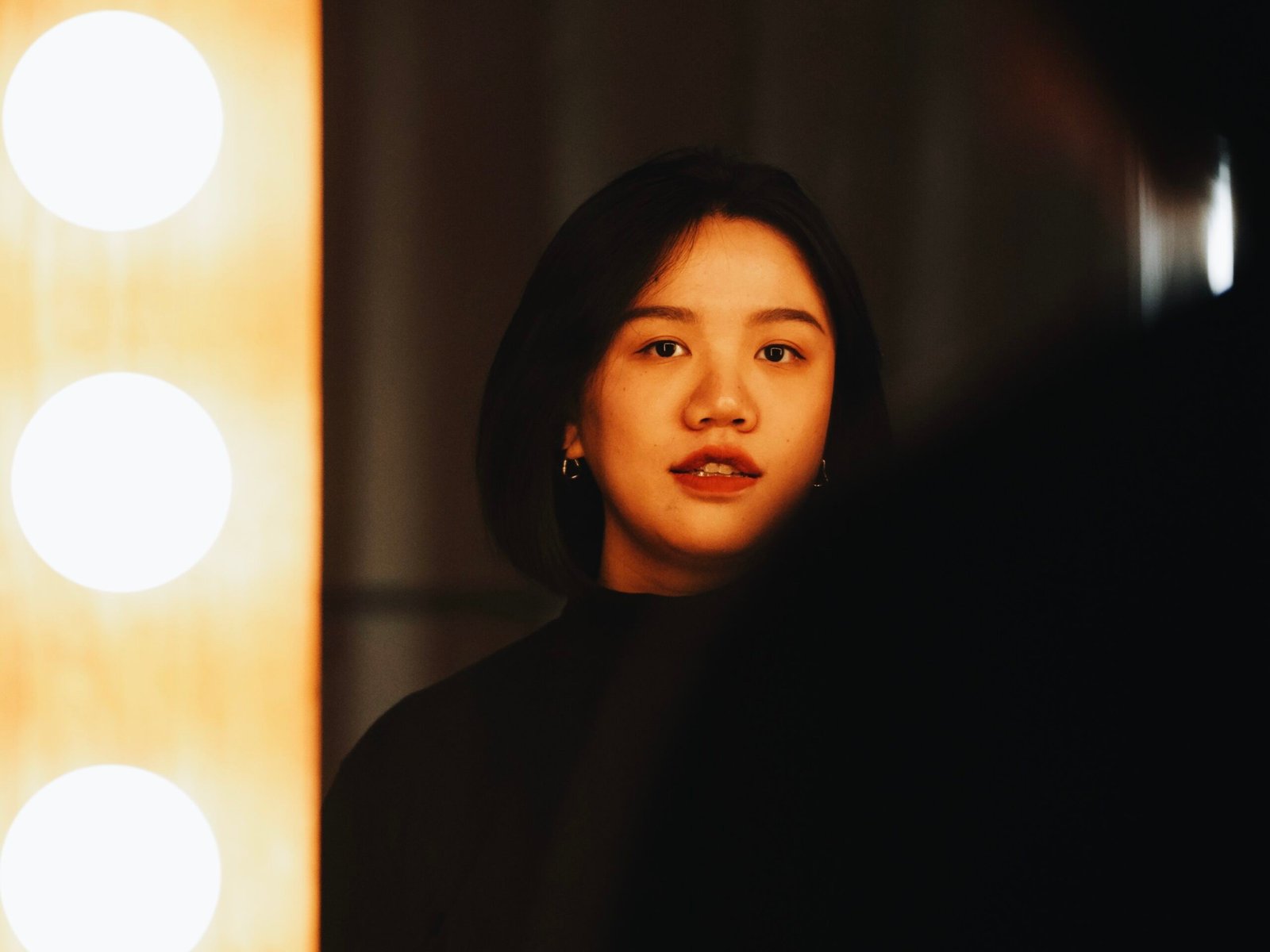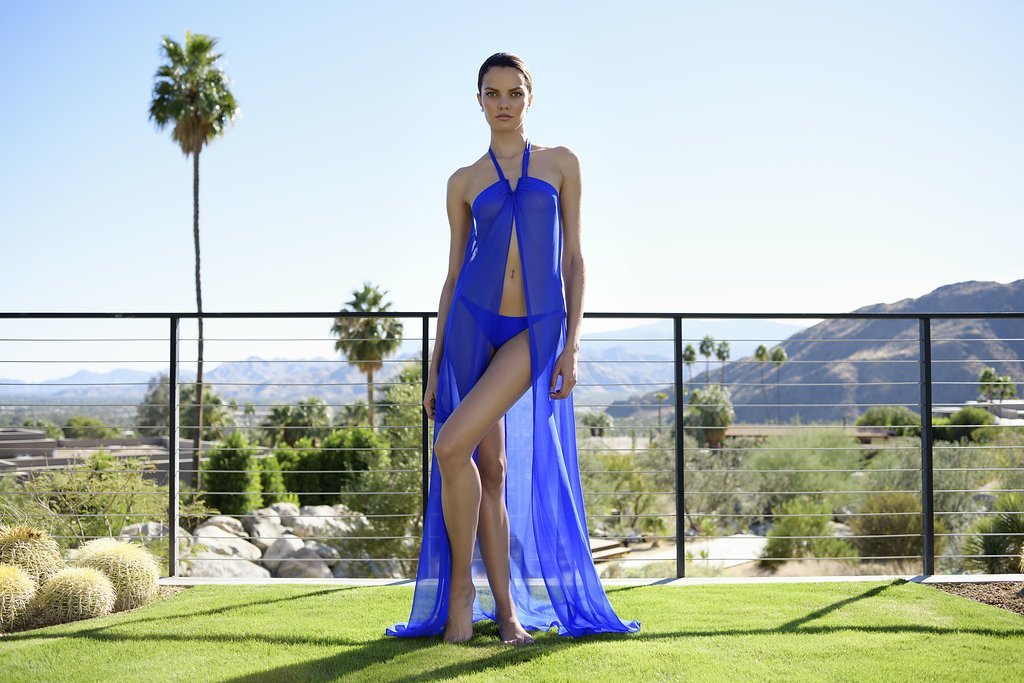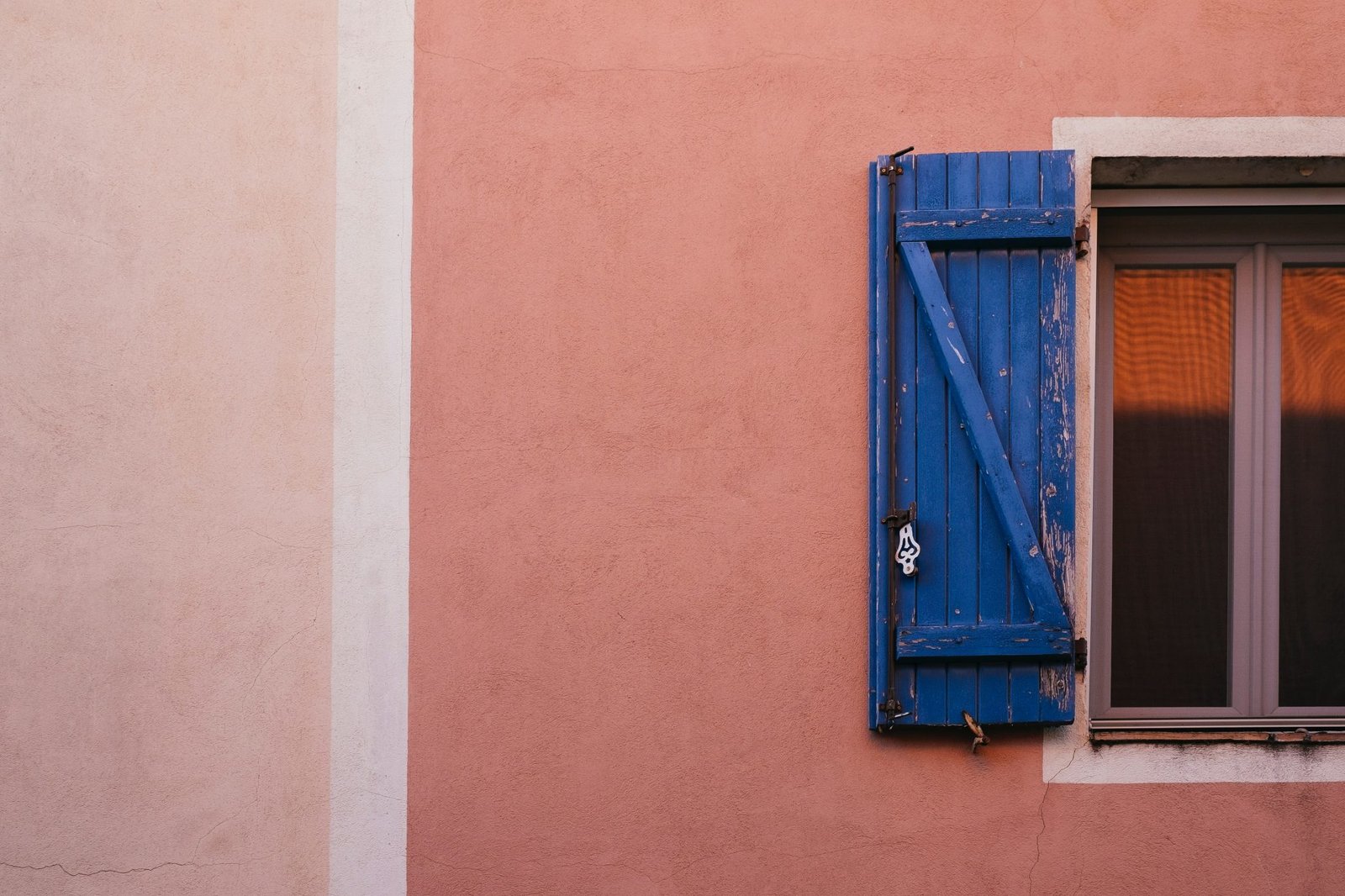Qingan Zhang is a multidisciplinary designer, producer, deviser, and director primarily based in New York and Boston.
Her spatial design works have been staged on regional venues including Central Square Theater, the oldest female-led theater organization in Greater Boston, and Boston based pan-Asian organization, CHUANG Stage, Through her unique vision and creative ingenuity, Qingan has firmly established herself as a prominent interdisciplinary spatial stage designer who consistently pushes the boundaries of conventional stage setting in its functionality, materiality and spatial relation to the performers.
She recently co-founded the non-profit interdisciplinary production company Cellunova Productions. In 2023, Cellunova successfully lined up their inaugural one-act staged reading festival with 8 selected pieces from US, Canada and UK, and co-presented the festival with the New York well-known artistic laboratory TheaterLab. In this interview, we delve into her experiences in interior design and theatrical expression and her vision of encouraging new artistic endeavors and supporting minority artists.

How do your experiences in interior design influence your theatrical approach?
From my perspective, a broader application of interior design intertwines aesthetics with functions, creating a narrative through zoning, boundaries, static colors, materials, textures, and dynamic user experience. Interestingly, rethinking the stage through the lens of interior design, I found that theater seems to stand on the opposite side of this spectrum. Interior design aims to establish spatial rules and boundaries for a better user experience, while theater’s goal is to break boundaries between what’s happening on stage and the audience. This conceptual contradiction inspires my exploration of defining the boundaries of stage sets. Based on the concept of “suspension of disbelief,” the challenge is always how to free the set more, giving it more meanings and layers through its constructional formation and unconventional scenery building materials.
Does NYC inspire your diverse creative pursuits?
Absolutely. Since relocating to New York, I’ve felt a growing impulse to shape and express my narrative as a foreigner. Consequently, I’ve embarked on collaborations with friends to create pieces exploring the diaspora within my community while also venturing into producing new works independently.
Tell us about the inspiration behind your scenic design for “The Chinese Lady.”
In my design for “The Chinese Lady” at the Central Square Theater in Boston, I aimed to intertwine the struggles of the characters with intentional nods to Chinese aesthetics. The stage design had two layers, with wire mesh welded structures representing house pillars and a Chinese-style influenced courtyard partition called the moon gate. Behind the moon gate, a round mirror was lit on its rim, creating an intentional eye-like appearance. The satin fabric surface layer symbolized an exquisite “cocoon” that entrapped the protagonist, contrasting with the silent violence implied through the bold and rough texture of the house pillars. As the story unfolded and the cocooned layer on top of the backdrop was torn off by the protagonist, the mirror reflecting upon the audience prompted us to ponder: as the audience witnessed the protagonist’s journey of self-exploration, were they also aware that they were being observed by the turbulence of history on the broader stage of reality?
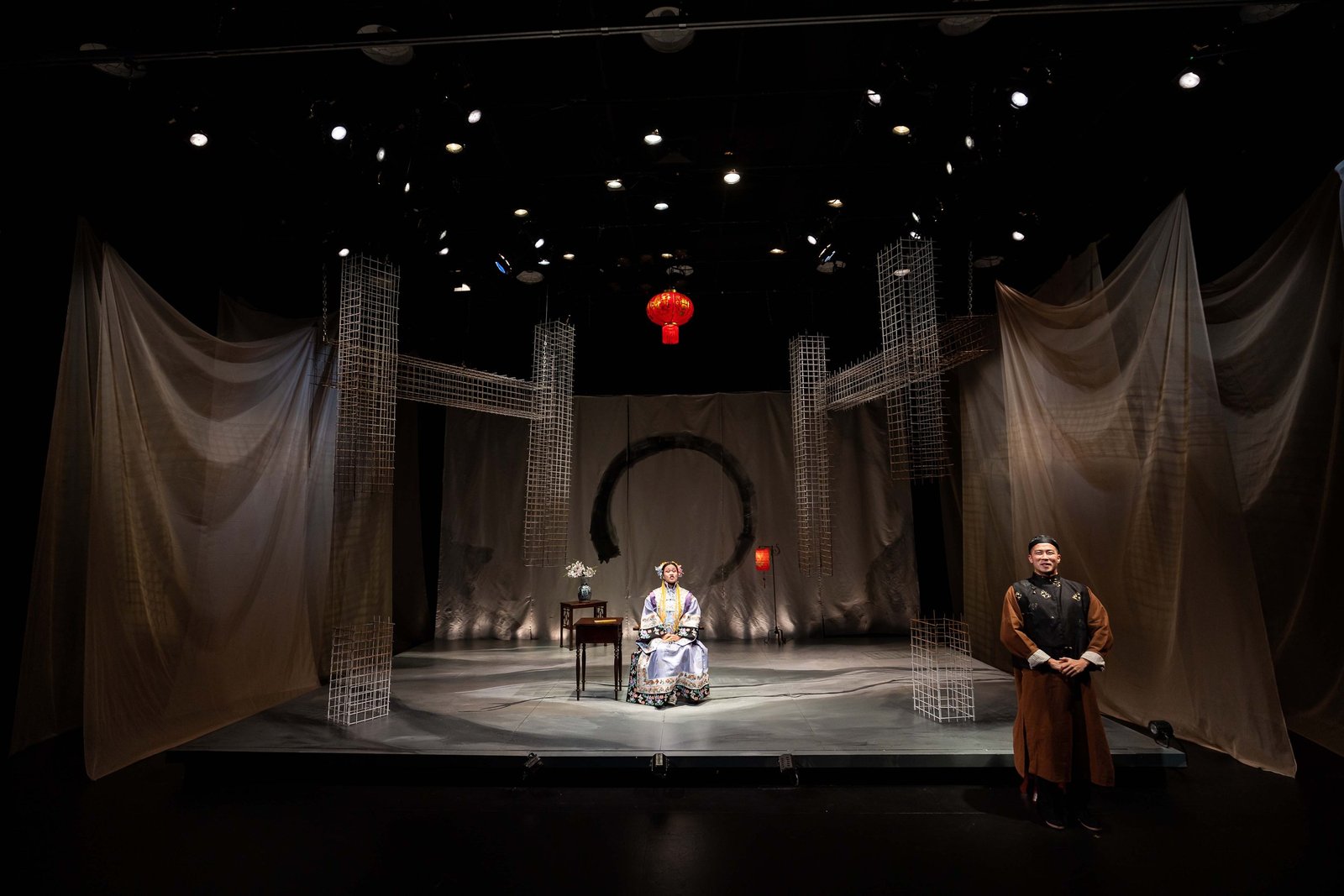
What is the vision behind your co-founding of Cellunova Productions, a non-profit interdisciplinary production company?
The vision behind Cellunova Productions is to provide a platform for nurturing new artistic endeavors, particularly focusing on minority artists. Our aim is to spotlight works addressing prevalent social issues of the present moment and beyond.
How do you see Cellunova Productions shaping the creative landscape?
Cellunova’s core creative team will incubate a new piece every year for our “Cellunova Originates” series. Recognizing artists’ perpetual quest for platforms to showcase their creations, we also host community-engaged events such as one-act festivals to champion the promotion of new works. With diverse board members, the future holds an environment where individuals from interdisciplinary fields appreciate the beauty of the stage, leveraging theater to broaden the spectrum of themes and forms open for discussion.
How has collaboration with MIT Wuming Theatre Club and Princeton Chinese Theatre influenced your creative perspective?
My collaborative experiences with student theater groups have furnished me with a solid foundation in developing theatrical performances within diverse communities. These experiences have been invaluable in further nurturing my ability to create a community platform, particularly through my co-founding of Cellunova.
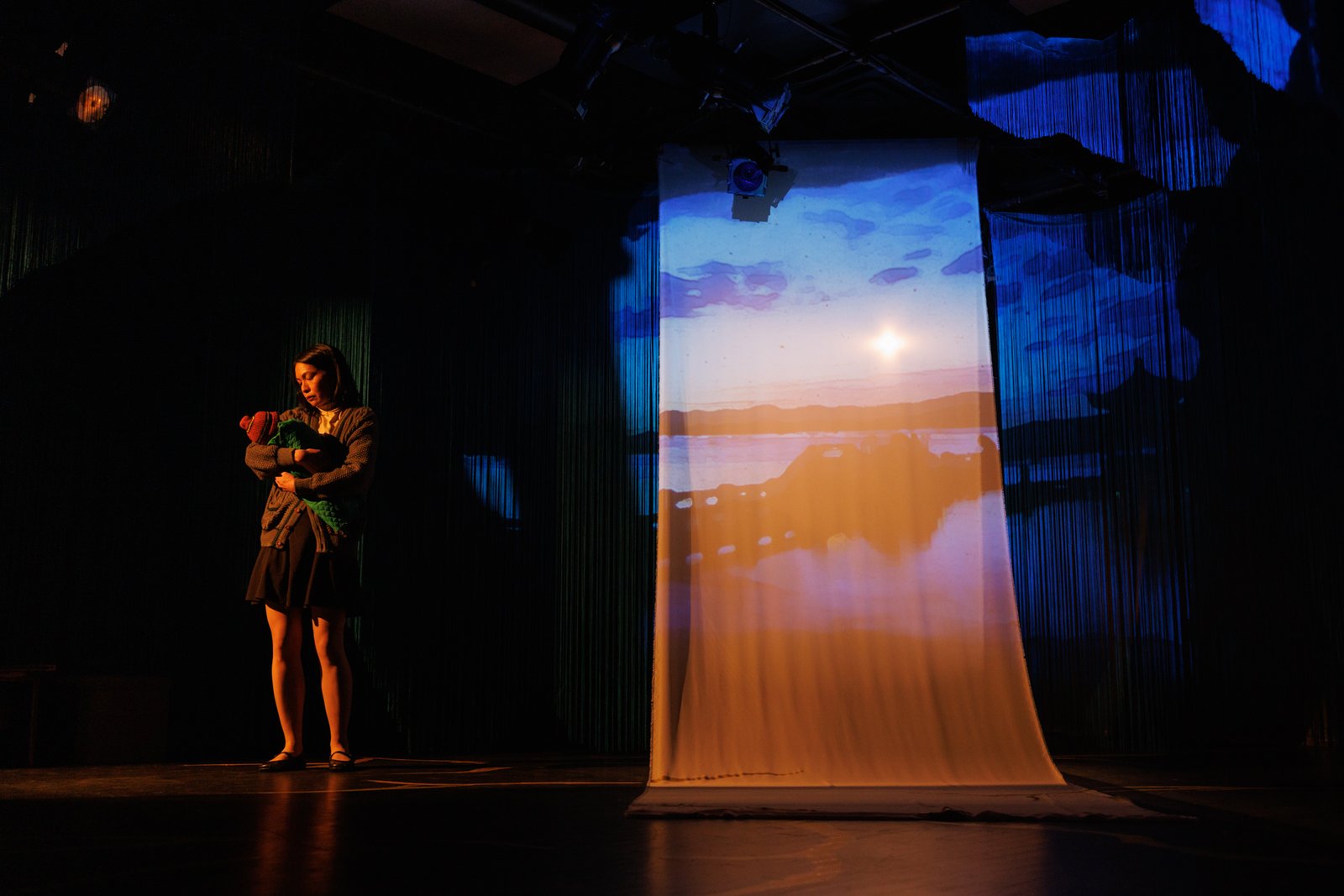
What advice would you give emerging artists as they navigate the intersection of various creative disciplines?
The concept of Richard Wagner’s “Gesamtkunstwerk,” or “total work of art,” has always been a profound source of inspiration for me. The intersection of various creative disciplines offers a fertile ground for fostering new dialogues, both within the content of the work itself and within the physical spaces where these artistic endeavors unfold. Always be open to different forms of expression. The point of intersection across disciplines is where a holistic integration can thrive and prosper, enriching the audience’s experience and creating immersive environments that transcend traditional boundaries.

